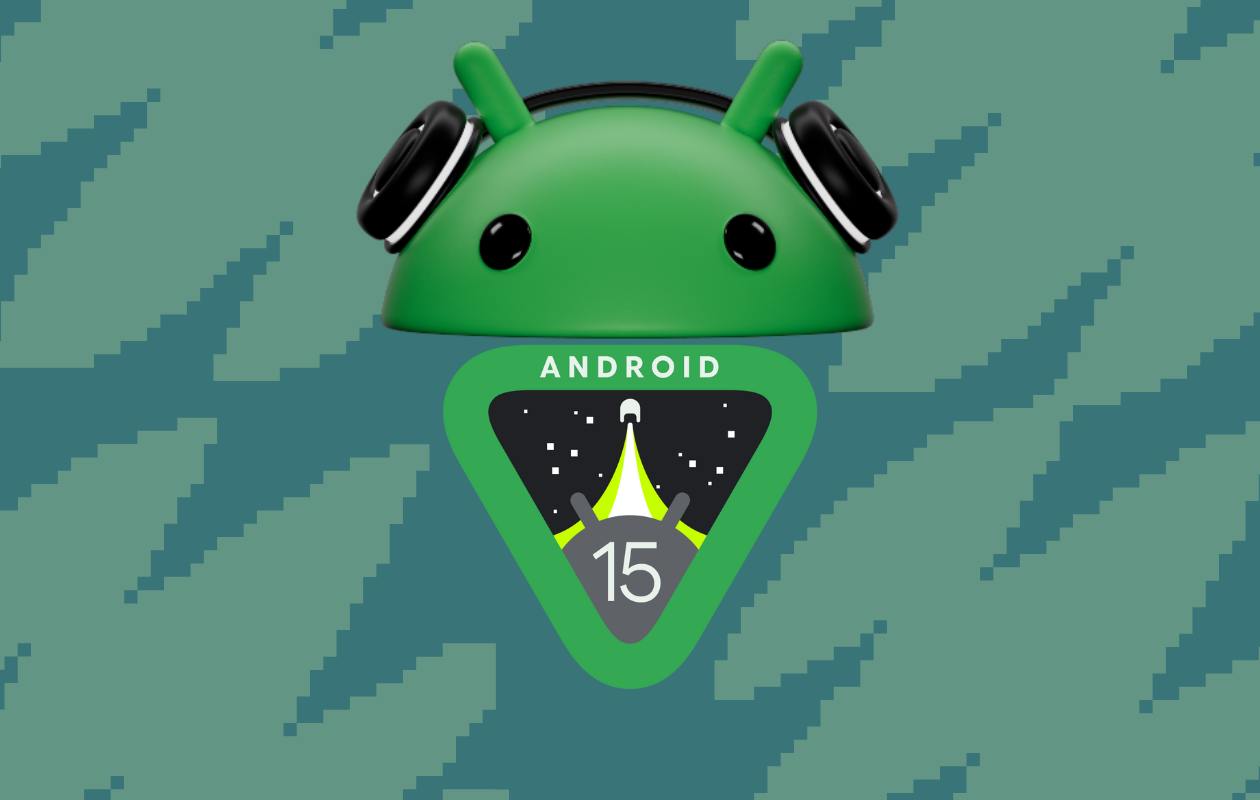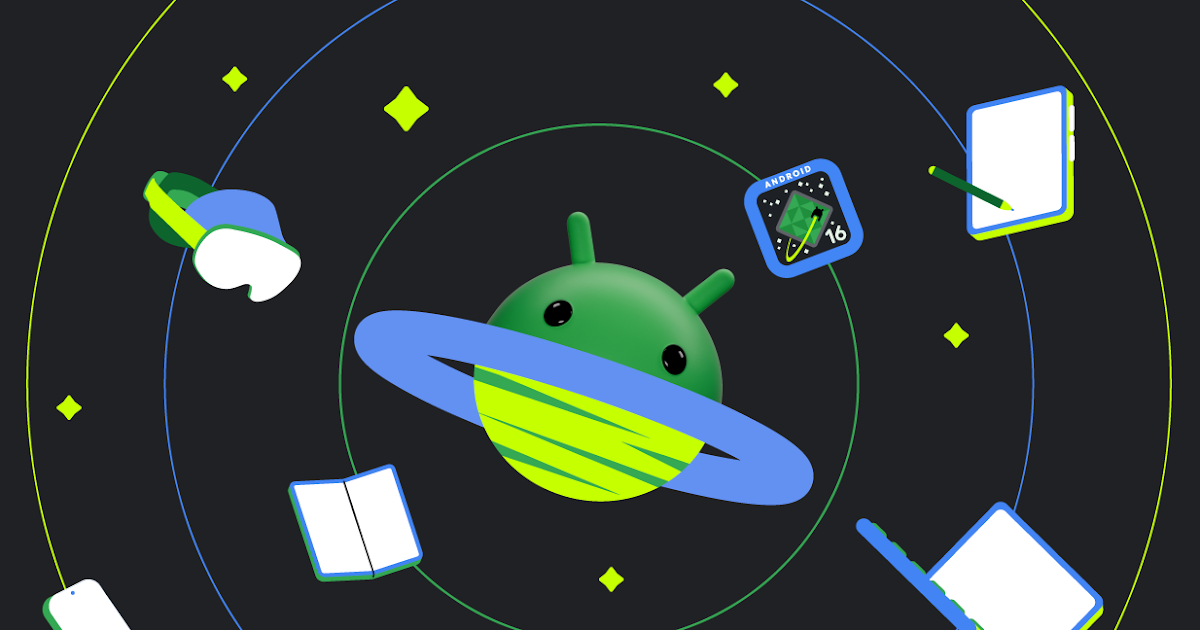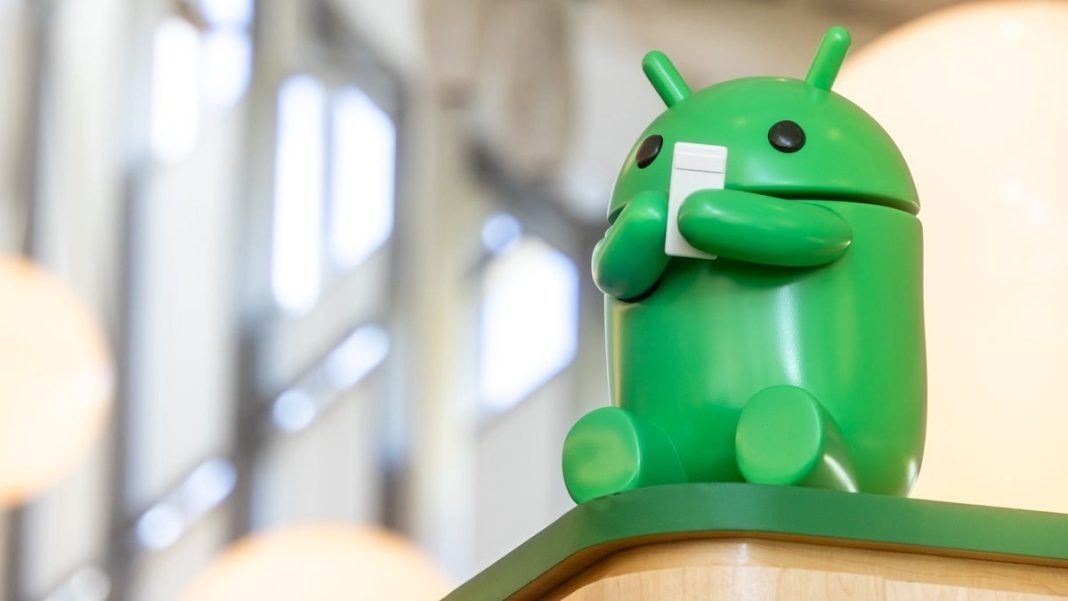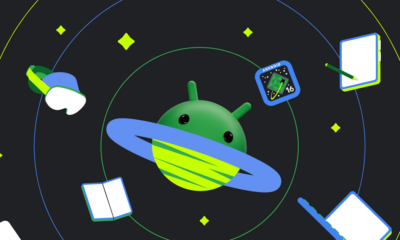Android
Pixel 9 and Android 15 Updates: New features, security fixes, and device enhancements explained

The October 2024 update for Android 15 brings important improvements to a wide range of Google Pixel devices, from the Pixel 6 to the latest Pixel 9 series. Along with the monthly security patch, this update includes the October 2024 Pixel Drop, packed with new features and enhancements. Here’s a breakdown of everything included in this release and what it means for your Pixel experience.
Security and Performance Enhancements
The Android 15 October security patch addresses 28 vulnerabilities across various Pixel models. Google has resolved nine critical issues, primarily focused on system security, with the patch dated October 1, 2024. A second patch, dated October 5, 2024, addresses 19 additional vulnerabilities. These fixes tackle everything from security flaws to stability issues, ensuring your device remains secure and optimized.
Alongside the security patches, several performance improvements and bug fixes are included across key areas such as battery life, charging, biometrics, Bluetooth connectivity, and system performance. Specific Pixel models receive targeted fixes, ranging from camera stability to user interface (UI) improvements.
Pixel Devices Covered by the Update
This update is available for the following Pixel models:
- Pixel 6, 6 Pro, 6a
- Pixel 7, 7 Pro, 7a
- Pixel 8, 8 Pro, 8a
- Pixel Tablet, Pixel Fold
- Pixel 9, 9 Pro, 9 Pro XL, 9 Pro Fold
Carrier-specific builds for Google Fi devices in the US are also being rolled out, along with global versions for all supported models.
Key Fixes Across Various Pixel Models
- Battery & Charging: Improvements in charging performance and battery life for several devices, including the Pixel 7 and newer models.
- Biometrics: A fix for face unlock stability for Pixel 9 and 9 Pro models.
- Bluetooth: Issues with Bluetooth connections on certain accessories have been resolved for Pixel 9 series devices.
- Camera: The Pixel 9 series receives enhancements in camera stability, making it more reliable under different conditions.
- Display & Graphics: Various stability improvements have been made for devices like the Pixel 9 Pro Fold, addressing display issues.
- User Interface: Multiple UI-related bugs, such as incorrect Android icons and issues with transitions and animations, have been addressed across several devices.
New Pixel 9 Features
The Pixel 9, 9 Pro, and 9 Pro XL receive exclusive features, notably the ability to detect underwater scenes automatically. This new capability enhances both photos and videos, ensuring more vibrant and accurate colors while using waterproof cases for activities like swimming or snorkeling.
Additionally, a Gemini Extension is now available for screenshots, letting users find saved information quickly using voice commands. For example, you can now say, “Hey Google, use Screenshots to find the sneakers I saved.”
Features Rolling Out to All Pixel Devices
Several new features introduced with the Pixel 9 are also coming to older models. These include:
- Astrophotography Enhancements: A dedicated slider in Night Sight mode allows for easier access to astrophotography. Once activated, users have five seconds to set their device down and capture the night sky.
- Theft Protection Suite: This security feature is now available across Pixel devices running Android 15.
- Widget Discovery: Users can now find and organize widgets more easily with the updated widget picker.
- Adaptive Vibration: This feature reduces noise by adjusting vibration intensity based on sound levels in your environment. It applies to ringtones, notifications, and alerts for the Pixel 7 and newer models.
Additionally, Night Sight is now available in Instagram for Pixel 6 and newer models (except the A-series), enhancing low-light photography on the platform.
Updates to Pixel Weather and Thermometer Features
The Pixel Weather app is expanding globally, bringing real-time pollen tracking to regions like France, Germany, Italy, and the UK. The Pixel 8 Pro and other devices will also gain the new Pixel Thermometer UI, allowing users to measure object temperatures through the camera and store recent measurements for up to seven days.
Audio Magic Eraser and Next-Gen Call Screen
The Audio Magic Eraser feature, which debuted on the Pixel 9, lets users control specific sounds in videos, including different voices and background noises. This capability will soon be available on the Pixel 8, 8 Pro, and 8a.
Google is also expanding its Next Gen Call Screen feature to Japan and the UK for Pixel 6 and newer models. Like in the US, this tool offers a more natural-sounding voice with real-time transcriptions and improved automated replies, making it easier to handle calls without speaking directly.
Pixel Tablet and Watch Updates
For Pixel Tablet users, the October 2024 Pixel Drop brings several enhancements, including synchronized notification dismissals across devices and a refreshed screen saver with interactive elements like photo sharing, favoriting, and archiving.
Meanwhile, the Pixel Watch gains a new Individual Contact Tile, providing shortcuts for quick calls and messages. Wear OS users can also now send emoji reactions as replies in Gmail. The Loss of Pulse Detection feature is rolling out to more European countries, joining regions such as Austria, France, and the UK.
Device Connectivity Service Updates
Google has updated the Device Connectivity Service for Pixel devices through the Play Store. While there’s no user-facing interface for this background service, it plays a crucial role in enabling cross-device features, such as Clear Calling and other functionalities related to Bluetooth, Wi-Fi, and Ultra-Wideband (UWB).
This service has been available on Pixel devices since the Pixel 6, and the latest update includes version 1.0.671214930, with older versions still active on Android 14 and 15 QPR1 Beta 2.
Conclusion
The October 2024 Android 15 security patch and Pixel Drop bring significant updates to both the Pixel 9 series and older devices. Whether it’s enhanced security, new features like underwater photography, or improvements in system stability, this update ensures a more refined experience across the Pixel lineup. With Google continuing to roll out advanced capabilities through its Pixel ecosystem, users can expect a richer, more connected experience with their devices.
Android
Android 16 beta adds battery health info, Pixel Fold gets better at detecting opens and closes

Google has released the Android 16 Beta 1 update for Pixel phones, and it brings some helpful new features. One of the key additions is battery health information, which is now available in the settings. Pixel users can now see the battery’s manufacturing date, charge cycles, and overall health score. This can help people understand how well their battery is holding up over time. While this feature is currently hidden under developer options, it might be fully added in a future update.
At the same time, Google is also working to improve the Pixel Fold. With Android 16 Beta 1, there’s a new system that better detects when the phone is opened or closed. This new method uses the hinge angle to more accurately understand the device’s position. Unlike older systems that could be affected by software bugs or slow response times, this new one seems to be more reliable and faster.
These changes are important for people who use foldable phones like the Pixel Fold, as better hinge detection can lead to smoother app transitions and fewer bugs. And for all Pixel users, having detailed battery info can help with managing phone performance and deciding when it’s time for a battery replacement.
Overall, Android 16 Beta 1 focuses on giving users more control and smoother experiences, especially for those with foldables.
Android
Android 16 could bring colorful always-on display to Pixel phones

Google is working on Android 16, and it looks like the update could bring more color to the always-on display (AOD) feature on Pixel phones. Right now, the AOD mostly shows white text on a black screen. But a new setting found in the Android 16 Developer Preview hints at the ability to add colors to this display.
The new feature is called “AOD Preview,” and it includes a switch labeled “Color AOD.” While this setting doesn’t work yet, it suggests that Google might be planning to show colorful content even when the screen is in low-power mode.
This change could make AOD look more lively, maybe by adding color to the clock, notifications, or wallpaper. So far, it’s not clear exactly what will change or how customizable it will be, but the feature seems to be in early testing.
Samsung already has more colorful AOD options on its Galaxy devices, so this update could help Pixel phones catch up. Google often introduces new features first on Pixel devices before making them available to other Android phones.
Android 16 is still being developed, and many features are not ready yet. But if Color AOD becomes part of the final release, Pixel users could get a more vibrant and useful always-on display in the near future.
Android
Android adds quick shortcuts for do not disturb and video call effects

Google is testing two new shortcuts in Android that make it easier to control common features: Do Not Disturb mode and video call effects. These shortcuts are being added to the Android Quick Settings panel, which is the area you see when you swipe down from the top of your screen.
The first new toggle is for Do Not Disturb. Instead of opening the full settings menu, you’ll now be able to tap the shortcut to quickly switch between different DND modes. You can also long-press it to open full options. This makes it easier to silence notifications the way you want, especially if you have custom DND rules set up.
The second toggle is called “Video Effects”. This is useful for people who often use video calling apps like Zoom, Meet, or WhatsApp. When you tap it, it takes you to a page where you can turn on or off features like portrait blur, lighting adjustments, or filters that improve how you look during video calls.
These features are still being tested and might show up in future Android updates. Right now, some Pixel users with Android 14 QPR3 Beta 2.1 have seen these options. Google hasn’t confirmed when they’ll roll out to everyone, but they seem to be part of a plan to make Android tools more convenient.
In short, Google is trying to make it quicker and easier to manage your notifications and video call settings—all with just a swipe and a tap.
-

 Apps1 year ago
Apps1 year agoGboard Proofread feature will support selected text
-

 News1 year ago
News1 year agoSamsung USA crafting One UI 6.1.1
-

 News1 year ago
News1 year agoBreaking: Samsung Galaxy S22 may get Galaxy AI features
-

 News1 year ago
News1 year agoSamsung Galaxy S23 Ultra with One UI 6.1 and all S24 AI features revealed
-

 News1 year ago
News1 year agoOne UI 6.1 Auracast (Bluetooth LE Audio) feature coming to many Samsung phones
-

 News1 year ago
News1 year agoSatellite SOS feature coming to Google Pixel phones, evidence leaked
-

 Apps11 months ago
Apps11 months agoGoogle’s fancy new Weather app is finally available for more Android phones
-

 News1 year ago
News1 year agoGoogle Pixel evolves as Europe’s third best selling flagship






